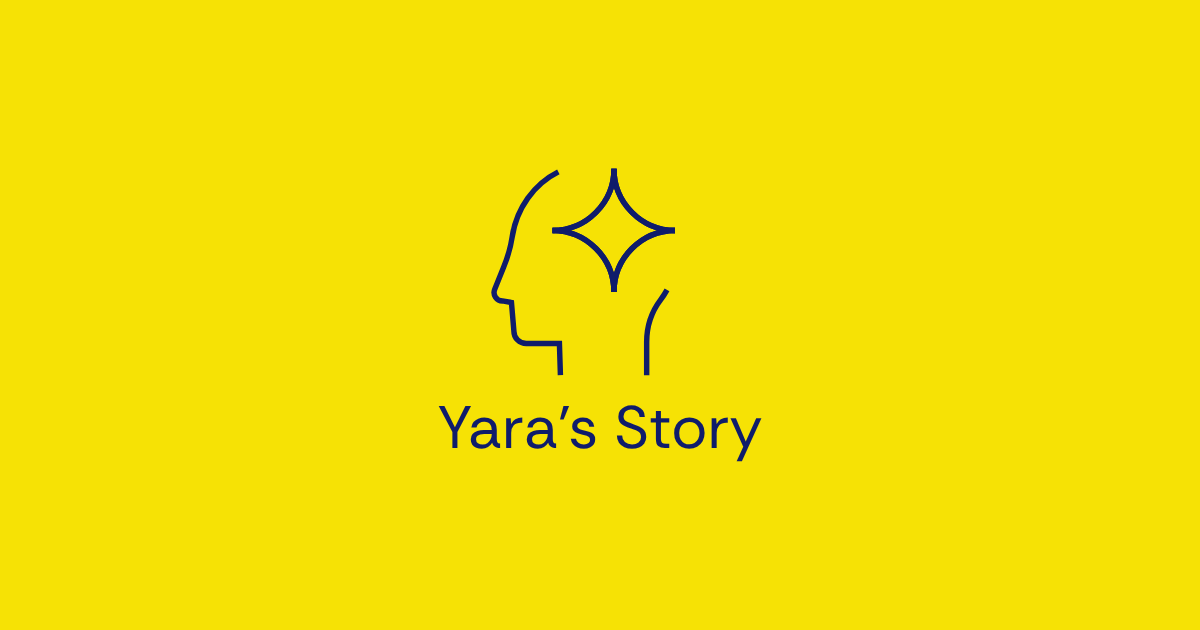
Yara’s instincts made her a brilliant product leader—but as CEO, those same instincts kept her team stuck. She confused involvement with leadership and excellence with oversight. Through Blindspotting Coaching, Yara learned to realign her focus from what she liked doing to what only she could do. When she stepped back, her leaders stepped up—and the company finally scaled.
Yara built her company from the ground up. A former product engineer turned CEO, she was known for her sharp instincts, creative solutions, and hands-on leadership.
In the early days, that involvement made her team stronger. She spotted issues early, asked hard questions, and modeled excellence. But as the company grew, those same habits became friction points.
When her Chief Product Officer stumbled, Yara jumped in “temporarily” to help. Then again. And again. Each time, she told herself it was just until the team stabilized. But her temporary fixes had a pattern: each CPO left, frustrated and undermined, while Yara carried more of the load herself.
She didn’t see it as control. She saw it as caring.
She wasn’t trying to micromanage—she was trying to protect what she’d built.
But as the company scaled, growth stalled. The leadership bench was shallow, the executive team hesitant, and Yara was exhausted.
Yara’s Behavioral Blindspot lived in her prioritization.
She spent her time on what she enjoyed instead of what only her role required.
Her behavior wasn’t about ego; it was about comfort. Product was where she felt most competent and safe. But by staying too close to the work, she unintentionally signaled that her team couldn’t be trusted to own it.
Her intent was quality. Her impact was dependency.
As Martin Dubin, PhD writes in Blindspotting, “When leaders over-function, teams under-function.” Yara’s constant involvement kept her company reliant on her brilliance—and limited by it.
In Blindspotting Coaching, Yara was challenged to redefine her priorities.
Her coach asked her one deceptively simple question:
“What’s the work that only you can do?”
At first, she listed everything—strategy, hiring, investor relations, product vision, culture. But when she looked closer, half of those responsibilities were things her team could do—if she made space for them.
They used a simple framework to clarify focus:
As she applied it, Yara realized she was spending 60% of her week in product meetings—but less than 10% on culture, leadership development, or strategy.
Her calendar had become a mirror of her blindspot.
So, she made hard changes. She stopped joining daily stand-ups. She handed off product reviews. She began meeting with her executives to discuss their priorities instead of hers.
At first, it felt risky. Then, it felt freeing.
Within six months, everything changed.
Her new CPO gained confidence—and traction.
Her executives began taking ownership instead of waiting for direction.
Innovation improved, turnover slowed, and Yara finally had time to think ahead instead of catching up.
The company grew faster—and so did she.
She later said, “I thought leadership meant doing the most important work. Now I know it means doing the work only I can do.”
By shifting her focus from control to clarity, Yara became the kind of leader her team could actually grow under.
Yara’s story reminds us that familiar work feels productive—but it isn’t always progress.
As roles expand, awareness means letting go of what’s comfortable to make room for what’s essential.
When leaders focus on what only they can do, they stop bottlenecking performance—and start multiplying it.
Look at your calendar this month.
How much of your time reflects your role—and how much reflects your comfort zone?
If your team is waiting for you to fix things, you may be over-functioning.
Step back, trust deeply, and focus on what only you can do.









